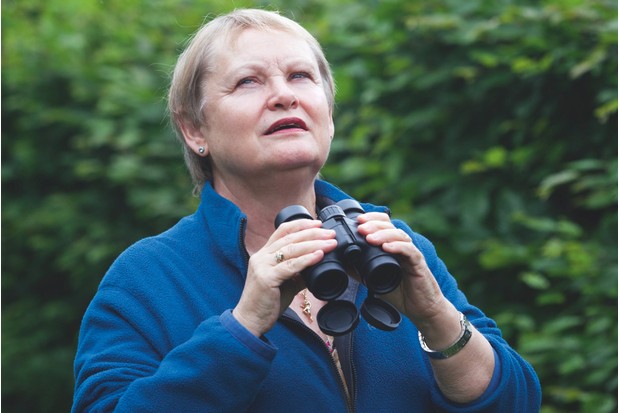Temperatures ranging from -14°C to 35°C resulted in wildlife reacting in extraordinary ways in 2018, says the National Trust.
It was a record year for the rare large blue butterfly, a good year for bats, hawfinch, the migrant silver y moth and the dark green fritillary, the latter being recorded in a number of places where it has not been seen before.
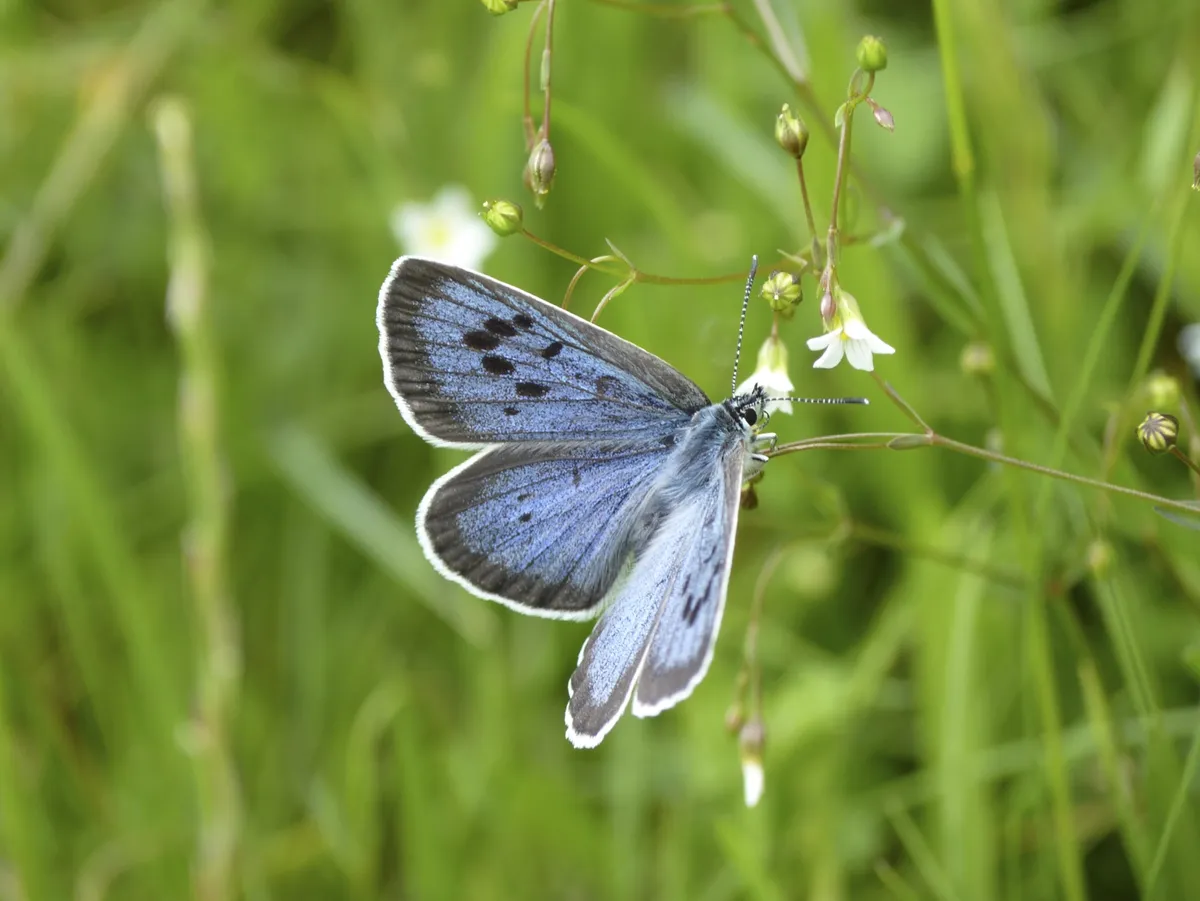
On the flip side, the sudden cold snap at the end of February resulted in thousands of shellfish, starfish and fish being washed up by the Beast from the East, with many birds also suffering badly, including guillemots, shags, fulmars and kittiwakes.
Dr David Bullock, head of species and habitat conservation at the National Trust says: “This year’s unusual weather does give us some indication of how climate change could look and feel, irrespective of whether this year’s was linked to climate change.
“It’s becoming less predictable every year to gauge what sort of weather we are likely to experience, and what this means for our wildlife.”
In only the fourth time since the early 1960s, the whole of the UK experienced a more ‘traditional’ winter with snow falling across many of the areas of the country in January, February and March.

Storm Eleanor hit our shores early in January, swiftly followed by warmer than average temperatures before winter set back in.
The most severe of the cold weather was heralded by the ‘Beast from the East’ which brought minus double digit temperatures and snow to many parts of the country. This was closely followed by storm Emma and the ‘Mini beast from the East’.
Wetter air in spring meant that fruit trees had enough moisture in them to survive the heat that of summer, which resulted in a bumper year for fruit including apples, brambles, damson, pears, figs and sloes.
However, the dry summer encouraged the spread of pests, with the box moth and oak processionary moth spreading north and west from London and the south-east.
The summer’s high temperatures brought different pressures to bear on our wildlife. On the north-west coast at Sandscale Haws, the rare natterjack toad population struggled as the heat dried out the pools essential for their survival.
However, there could be positive news for the toad next year as the predators of its eggs and tadpoles, such as dragonfly larvae, were also hard hit.
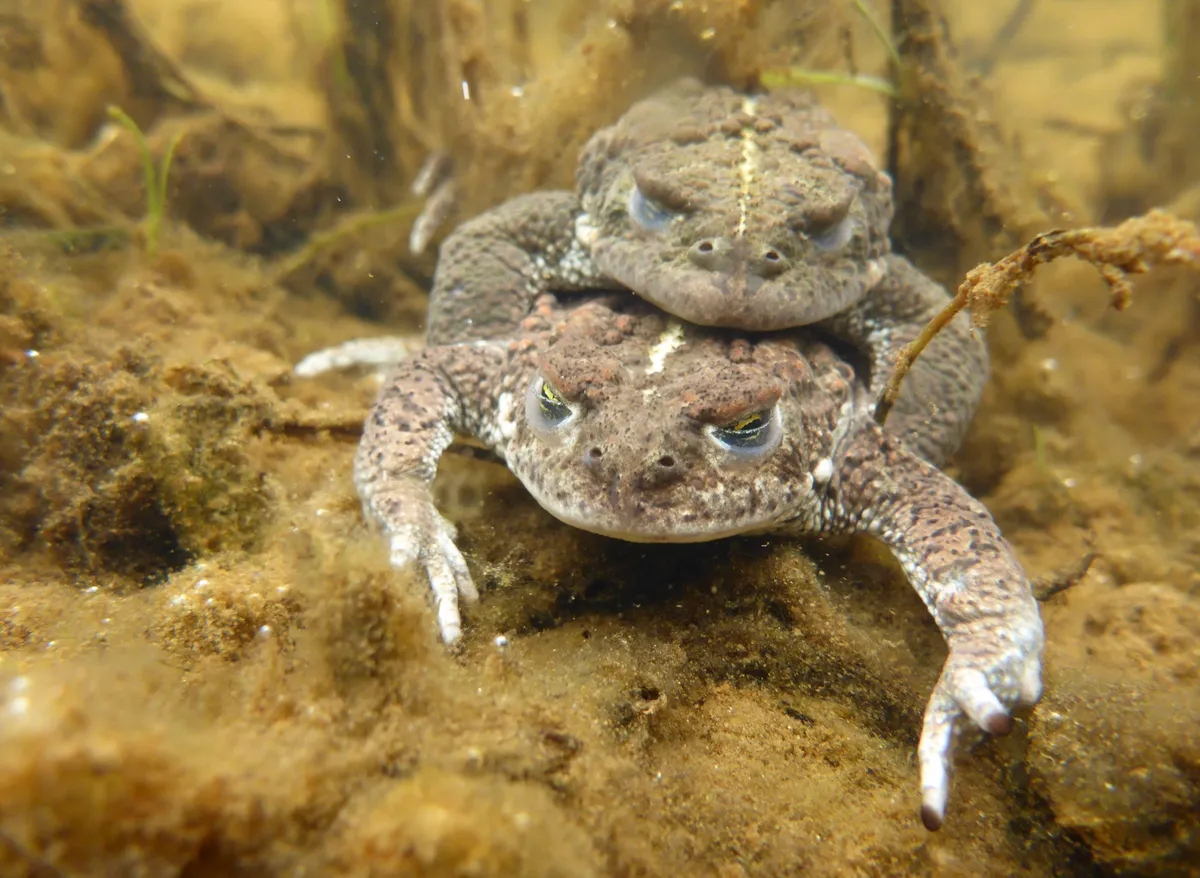
The biggest impact of the heat was probably on the dune grasslands – which responded positively to the warm weather in stemming grass growth.
This made the dunes less stable and able to react to weather conditions. This, combined with conservation grazing, helped to destabilise some areas and create pockets of bare sand which could be used by nesting bees and colonised by pioneer plants.
The wild fires in the uplands which burned for three weeks through June and July destroyed precious habitat for ground nesting birds and reptiles. The peat that burned will take thousands of years to recover and it will take up to 40 years for the heather to become mature and diversify.
Animal ecologist, Peter Brash said: “This year’s weather has been the most remarkable of my lifetime, with a bitter March leading into a pleasant spring and a heatwave summer which actually exceeded the famous ‘long hot summer’ of 1976, and an exceptionally mild autumn."
“The impact on wildlife has been massive, with many species reacting in an unprecedented manner such as large blue butterflies which had a record-breaking year and migrant moths such as the hummingbird hawkmoth were also widespread this year."
“The good year for adult butterflies might not be good news for caterpillars, however, as numbers crashed after the 1976 drought due to larvae not having adequate food as a consequence of plants withering in the heat. Next year will therefore be one to watch.”

2018 wildlife highlights on National Trust land
1
January
Bats come out of hibernation early to feed at dusk as warmer than average temperatures are experienced across middle and southern Britain and Wales. Grey seal pups at Blakeney Point and the Farnes are born in record numbers.
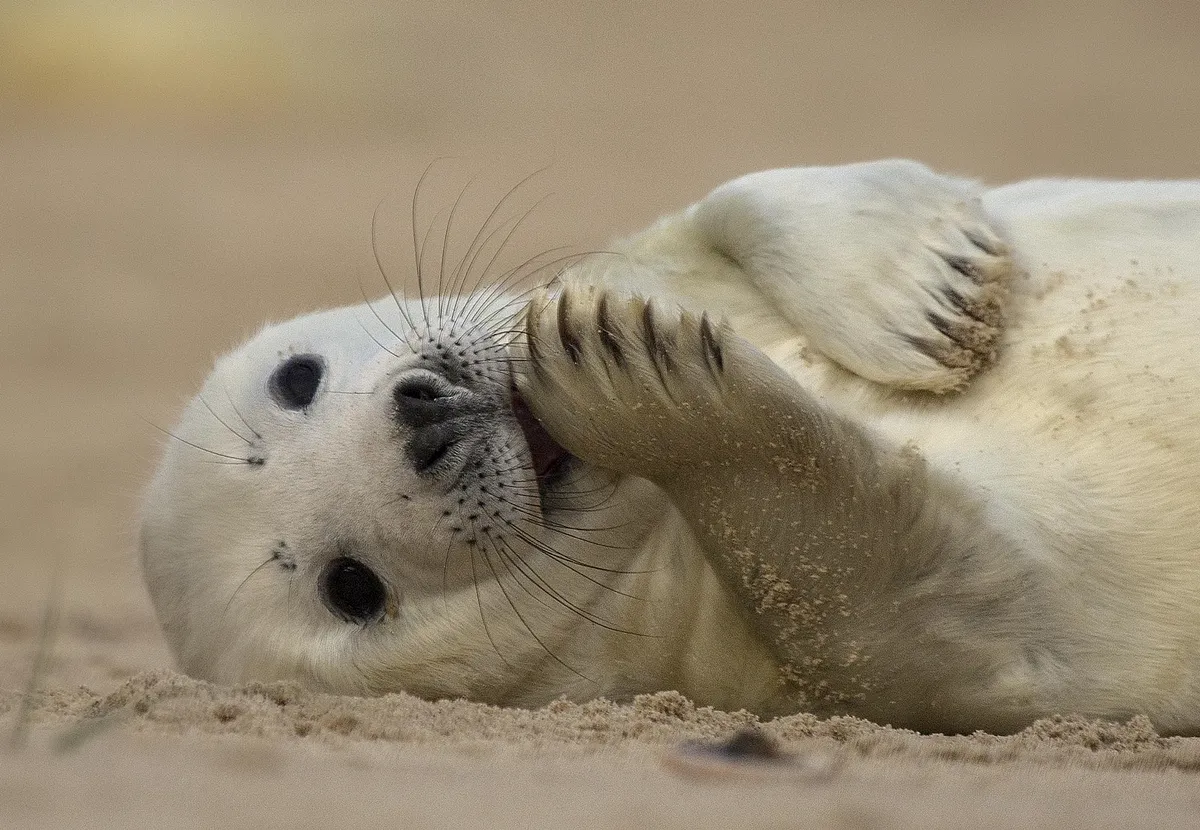
2
February
Temperatures drop to below average and wading birds down into the south-west along coasts and rivers are on the move, looking for unfrozen ground. Snowy owls – predominantly an Arctic species, and a rare visitor to the UK – seen at Scolt Head Island in Norfolk in February and St David’s in Wales in late March.
3
March
Another cold and snowy month, with lapwing and golden plover, redwings and fieldfare all moving to south and west coasts. Snow experienced for the third time on The Lizard – something virtually unheard of in most winters.
4
April
Extreme flooding at Charlecote Park in Warwickshire at Easter with 60 per cent of the parkland completely under water.
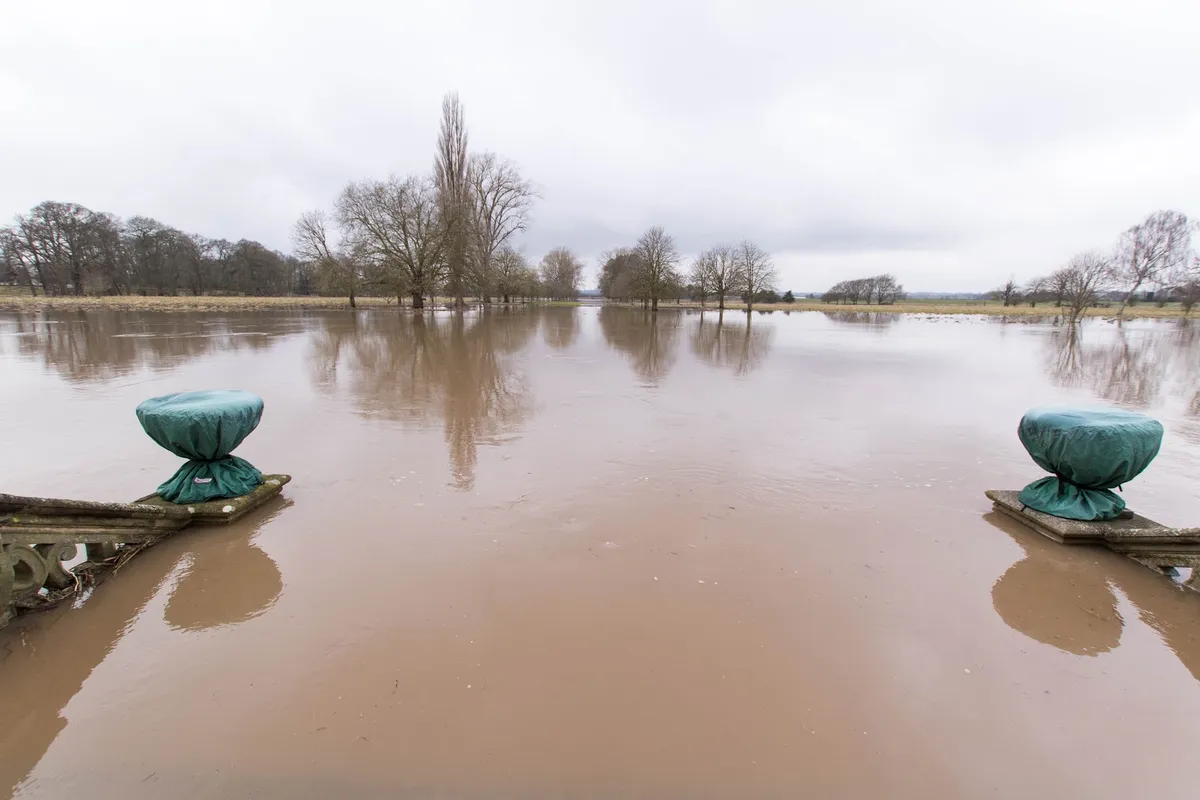
5
May
Almost a month late swallows begin moving in large numbers; swift movements are also late with birds still travelling north in June. Avocet and lapwing begin breeding on the grazing marsh at Orford Ness.
6
June
Storm Hector hits north Wales and northern England with high winds and heavy rain resulting in fallen trees and a storm surge that wipes out colonies of beach nesting little terns.
7
July
Rare purple emperor butterfly spotted at Sheringham Park for the third year running. A dark green fritillary butterfly spotted at Mount Stewart in Northern Ireland for the first time. Large numbers of rare silver studded blue butterflies at Bolt Head in Salcombe, Devon. A migratory locust spotted on The Lizard.
8
August
Warm weather means blackberry picking is early with foragers finding enough to make pies at the end of July. The bumper harvest continues throughout August.
9
September
Rare northern blue fin tuna seen off Lizard Point in Cornwall. Wicken Fen struggles with fenland habitat drying out, which results in wading birds and wildfowl going elsewhere to find food. Storm Ali hits Northern Ireland with recorded winds of up to 91mph bringing down trees. A grey phalarope spotted at Charlecote Park in Warwickshire - very rare to see one so far in-land.
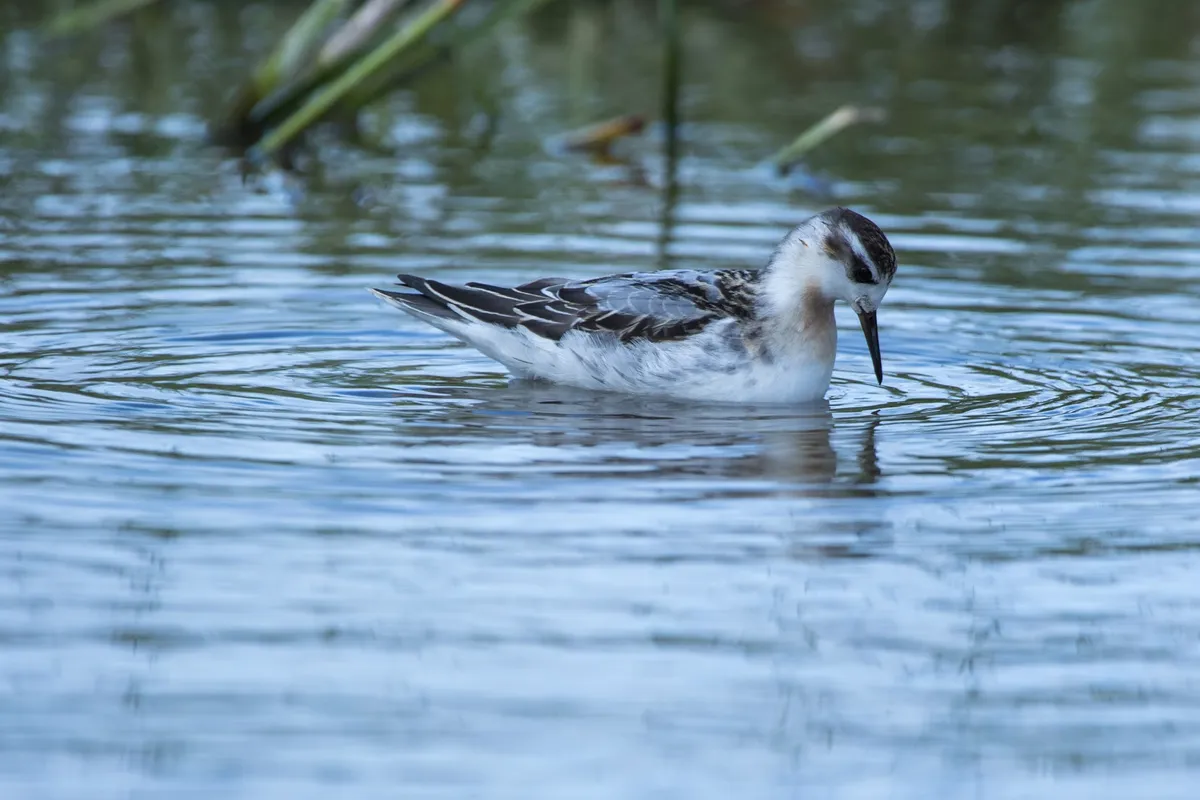
10
October
Fungi is out in abundance after rain follows the long dry summer. Some very late, third broods of adonis and chalkhill blue butterflies spotted in the south-west, and clouded yellow butterflies, speckled wood and small tortoiseshell and red admiral all seen in Dorset on 25 October.
Bats still on the wing at the end of October. Big influx of bramblings with an exceptional flock of around 500 birds at Croft Castle in Herefordshire, feeding on beech mast and in stubble fields. Solitary bees that usually fly in spring spotted across the south east.
11
November
Goat and sheep count in Cheddar Gorge finds that goat numbers are down because so few kids survived the ‘Beast from the East’ as they were born between January and March. Deer go into winter in good shape because of the strong growth of grass and other vegetation. Twice the average number of rough-legged buzzards are seen.
12
December
Mild weather at the beginning of the month means wasps, honey bees and hoverflies are still on the wing.
